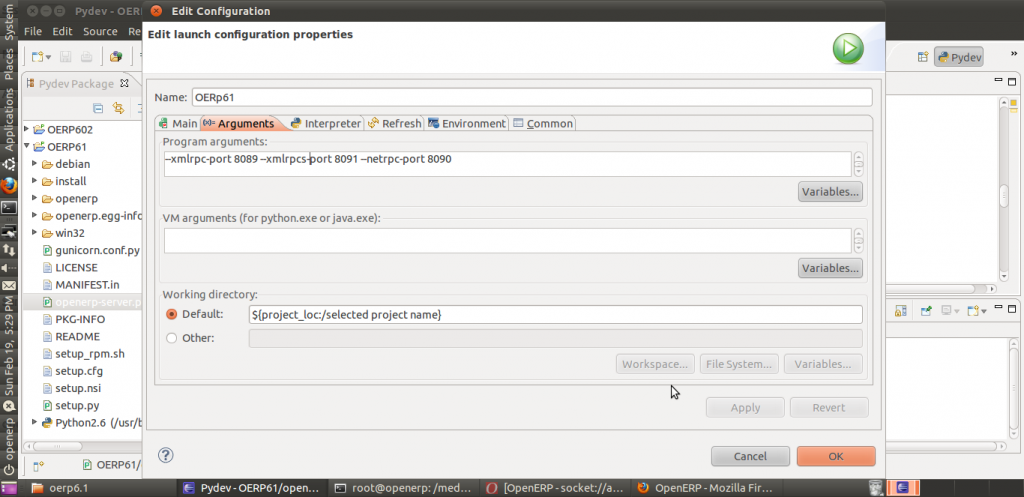URL: https://www.bistasolutions.com/resources/videos/video/odoo-cannabis-erp-customer-testimonial/
“After deciding that Bista was the right partner for us, we actually had a member of their team come down to our warehouse and work side-by-side with us to perform a gap analysis and make sure that it was a good fit for us. We found that after bringing Priyesh down to our warehouse to work with us, we were blown away by his focus and understanding of all of our business needs. We got a lot of confidence in both what he could provide as well as other members of his team. They were able to get things done in an extremely timely manner and have a very thorough understanding. We started the project out with some trials of smaller project and were extremely satisfied with the results. They were unparalleled to any other technology partner we have used in the past. Whether it was from Dynamics, or Odoo directly, or other 3rd party partners as well. [Bista] showed that they could comprehend the project needs, as well as go above expectations. And as well as make any kind of adjustments along the way to make sure we were happy with the end results. Their understanding of core business processes and developments and needs is unmatched and unparalleled in their industry. Through working with Bista, we’ve gotten both quantifiable results as well as qualitative results. We’ve been able to increase our sales double, while lowering our back-order fulfillment rate. Bista has allowed us to have more accurate purchasing information, better inventory control, more efficient sales, as well as provided better tracking of all of our CRM Sales tracking. At the end of the day, Bista has a great understanding of our business, and they were able to deliver projects timely, cost-effectively, and accurately. And that is support that we were unable to find anywhere else. They have surpassed our expectations and delivered better results than any other technology company we have ever worked with.”
– Michael Sturury – General Manager, Maqabim Distributors












